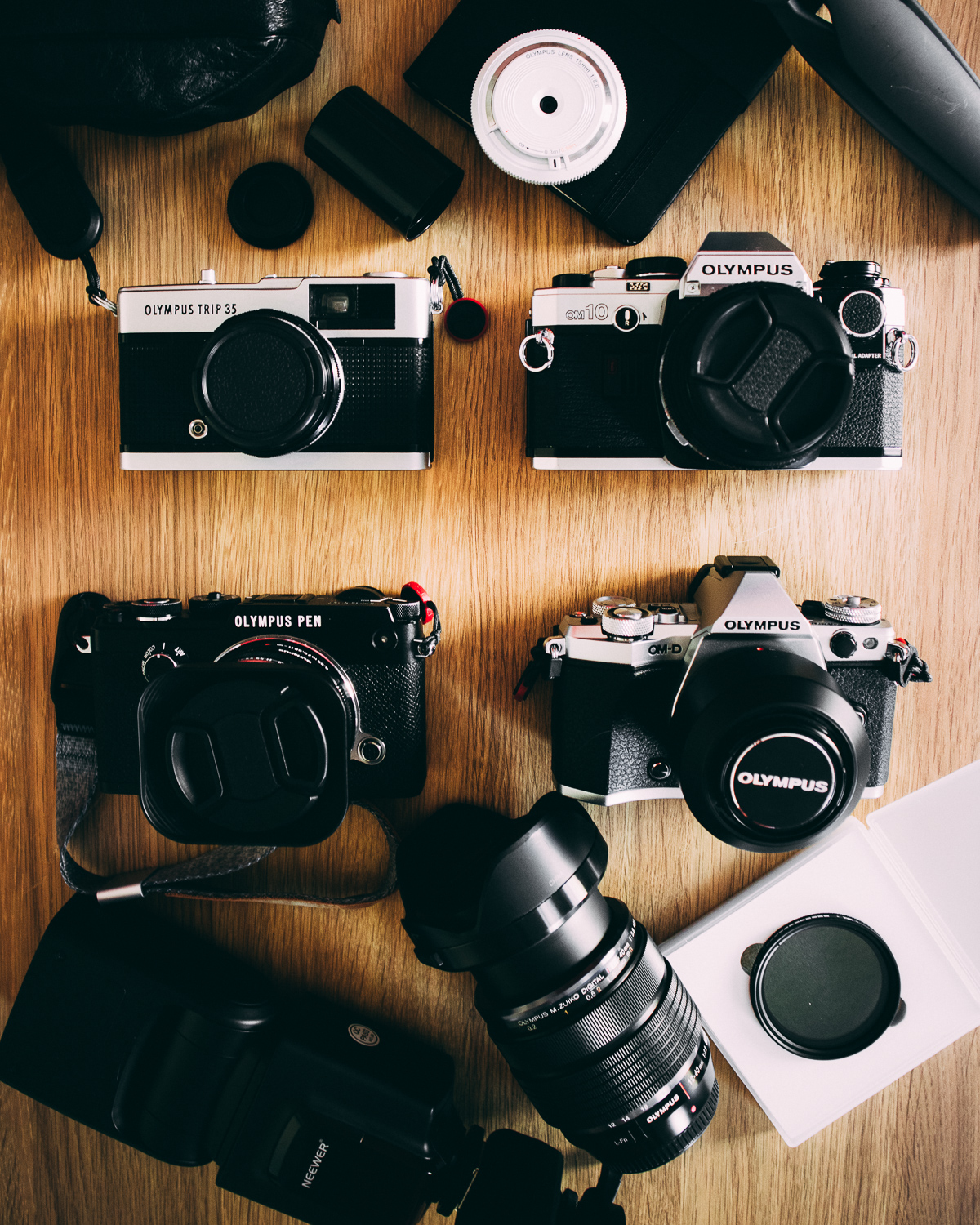Maintaining Continuous Focus
Photography was always present in my life and I remember starting with a 110 film camera as a child, progressing to disc film (!) and then APS film before moving to digital photography many years ago.
I was an automatic shooter with little knowledge of photography fundamentals but seemed to be able to compose a good shot (possibly as I also paint so I believe I have an eye for detail).
My personal life experienced a bit of a bump a couple of years ago and in order to ensure I had the ability to keep a level head, I decided to enrol in an introductory photography course with the British Academy of Photography. I enjoyed it so much I extended the course and graduated at the beginning of 2019.
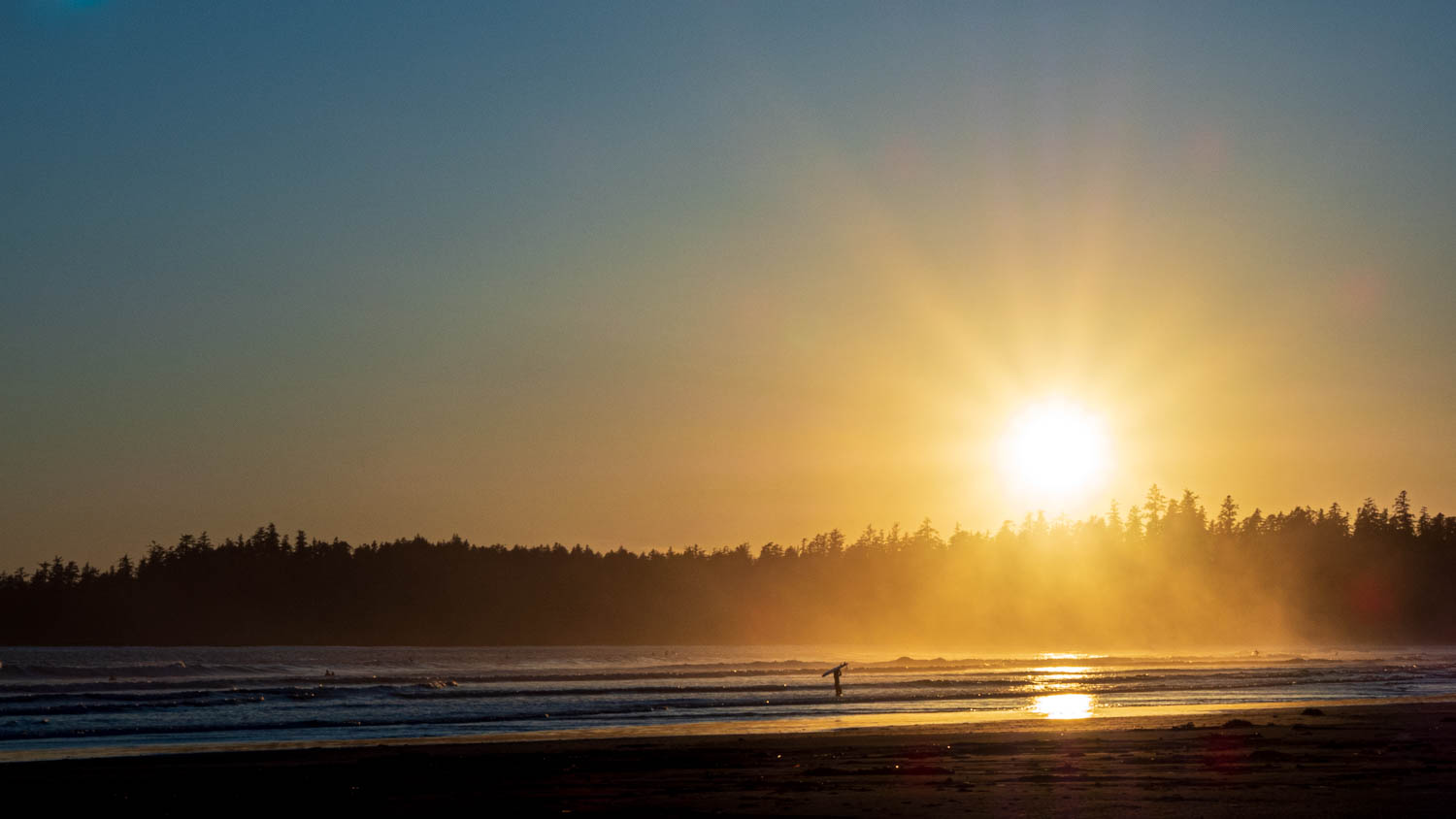
In the beginning, I was shooting anything that took my fancy but didn’t understand exposure, aperture or shutter speed and the course helped me to hone this.
I admit I suffered from GAS (Gear Acquisition Syndrome) for a number of years and it’s let me try many different formats and setups – all of which have helped me to develop my photography skills, but more about that later!
Many years ago I had an Olympus Pen E-PL1 which I adored – I used the settings in the camera to enable the blurring of subjects (or the sharpness) but didn’t understand how to do this myself. What I did know was that the Pen was a breeze to use and made photography accessible. The size ensured I would carry it with me everywhere and opened up a world of creativity and possibility.
The E-PL1 was locked in a drawer for a couple of years and upon resurrecting it for the course, it developed a fault which I was really upset about. This led me to take it to a camera dealer in central London who offered me a part exchange.
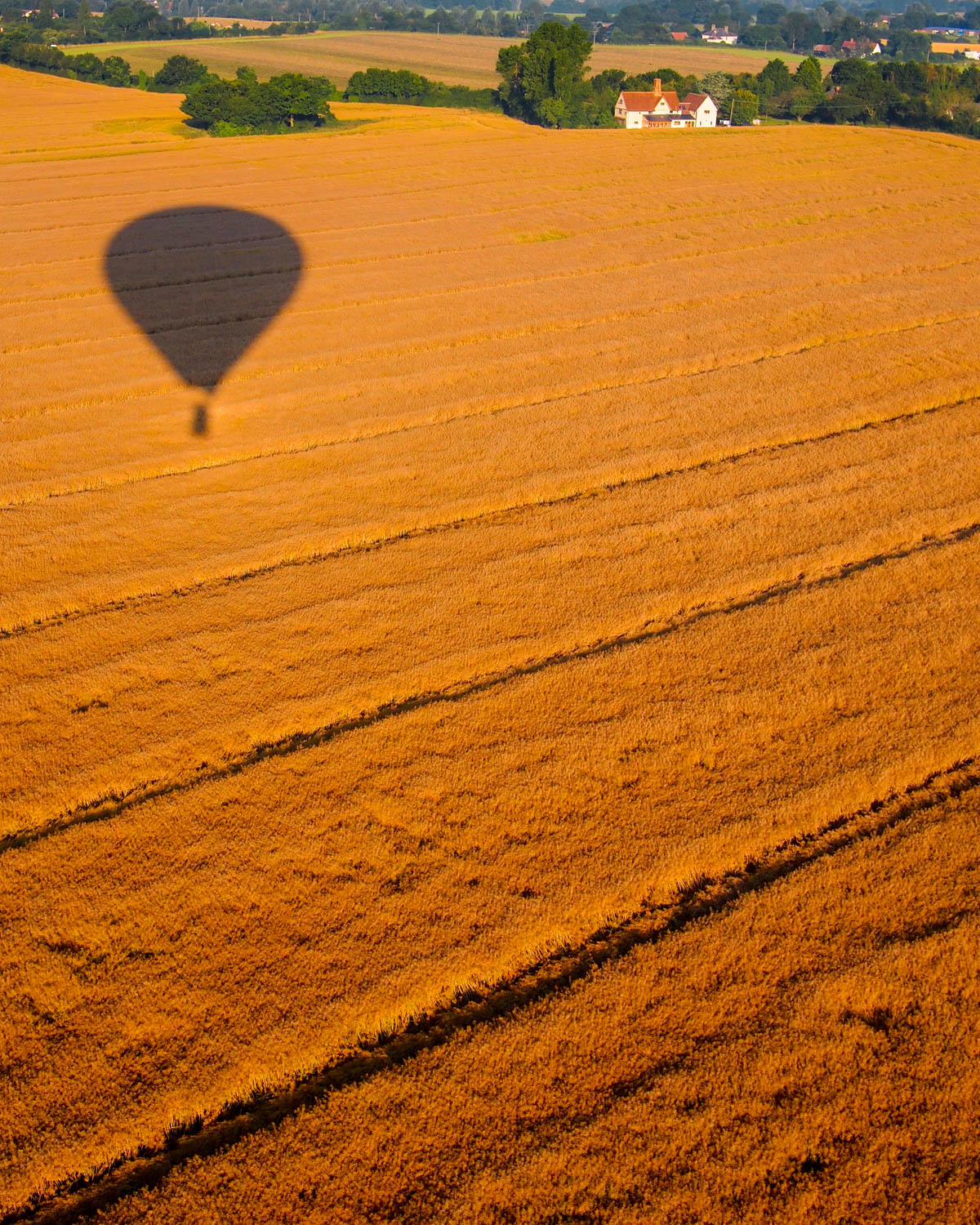
I wasn’t aware of the Micro Four Thirds capability fully at this stage so happily took the sellers advice and traded up to an E-M5 MKI. It meant I could use my existing lens and was perfect for the course thanks to the manual dials.
I couldn’t wait to use it and fired it up as soon as I left the store, shooting people, traffic and things that caught my eye in central London. Unknowingly I had introduced myself to the M43 world, Olympus and Street Photography.
Since then I have spent my time focussing my world view, trying to be ever-present and looking at the world through new different eyes. It takes time to learn this but when you do you can gain some great results.
The E-M5 was quick, light and quiet enough to enable me to shoot whatever I wanted and with street photography, this is a massive bonus.
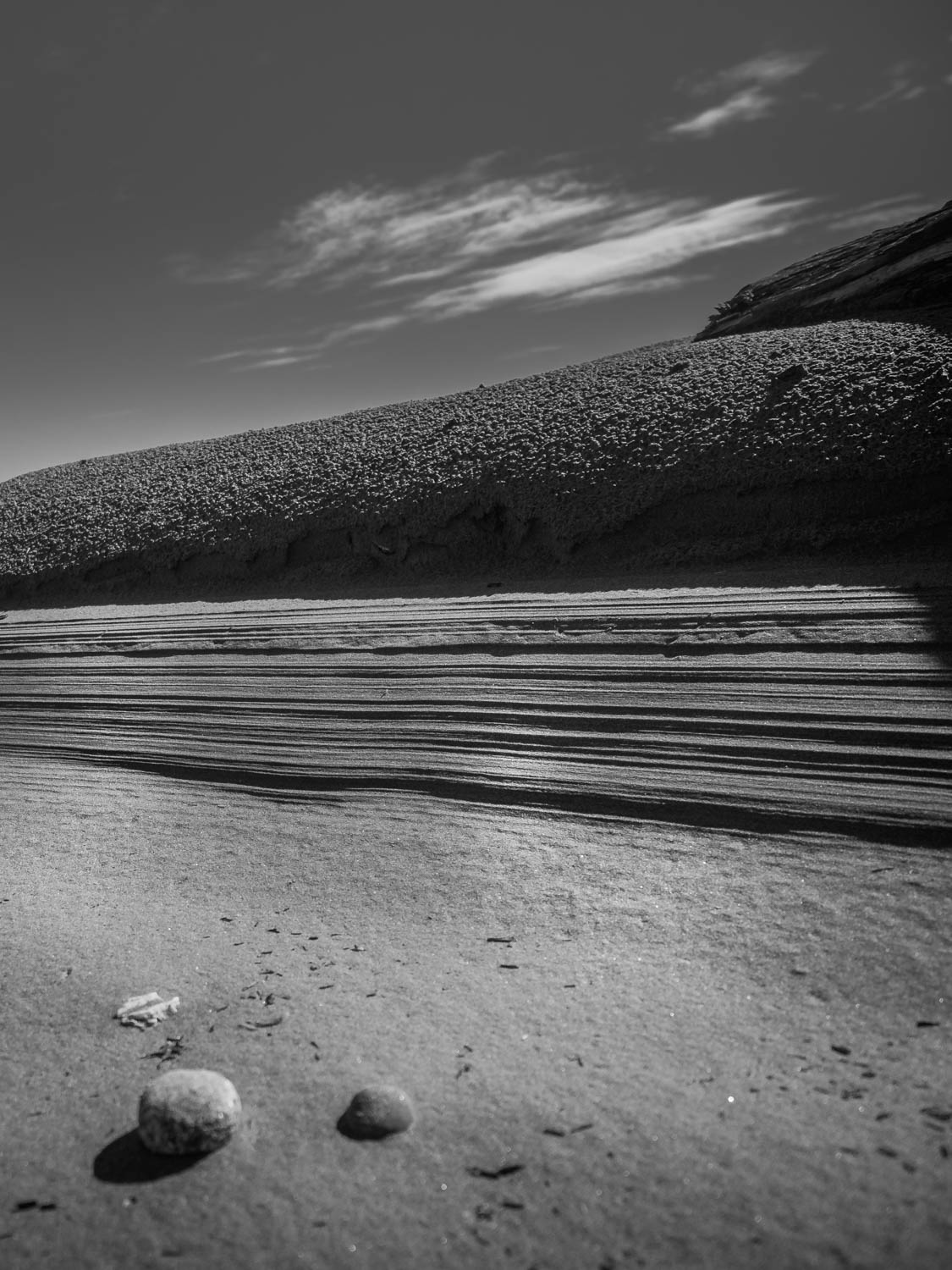
As I progressed along my course, I became familiar with the E-M5 and soon learned the beauty of the on-camera dials and controls. I found it was easy to control and manual photography became a breeze.
Typically, I wanted to achieve more so soon upgraded to the E-M5 MKII which gave me even more opportunity. The MKII went with me everywhere.
I’d gathered an obsession with prime lenses and found the Olympus lenses were super sharp, light and very discreet. Although not a normal street photography lens, the 45mm was perfect as it allowed me to focus in on people without them realising. I soon became adept at looking for things to shoot at a safe distance and the 45mm lens was perfect for this.
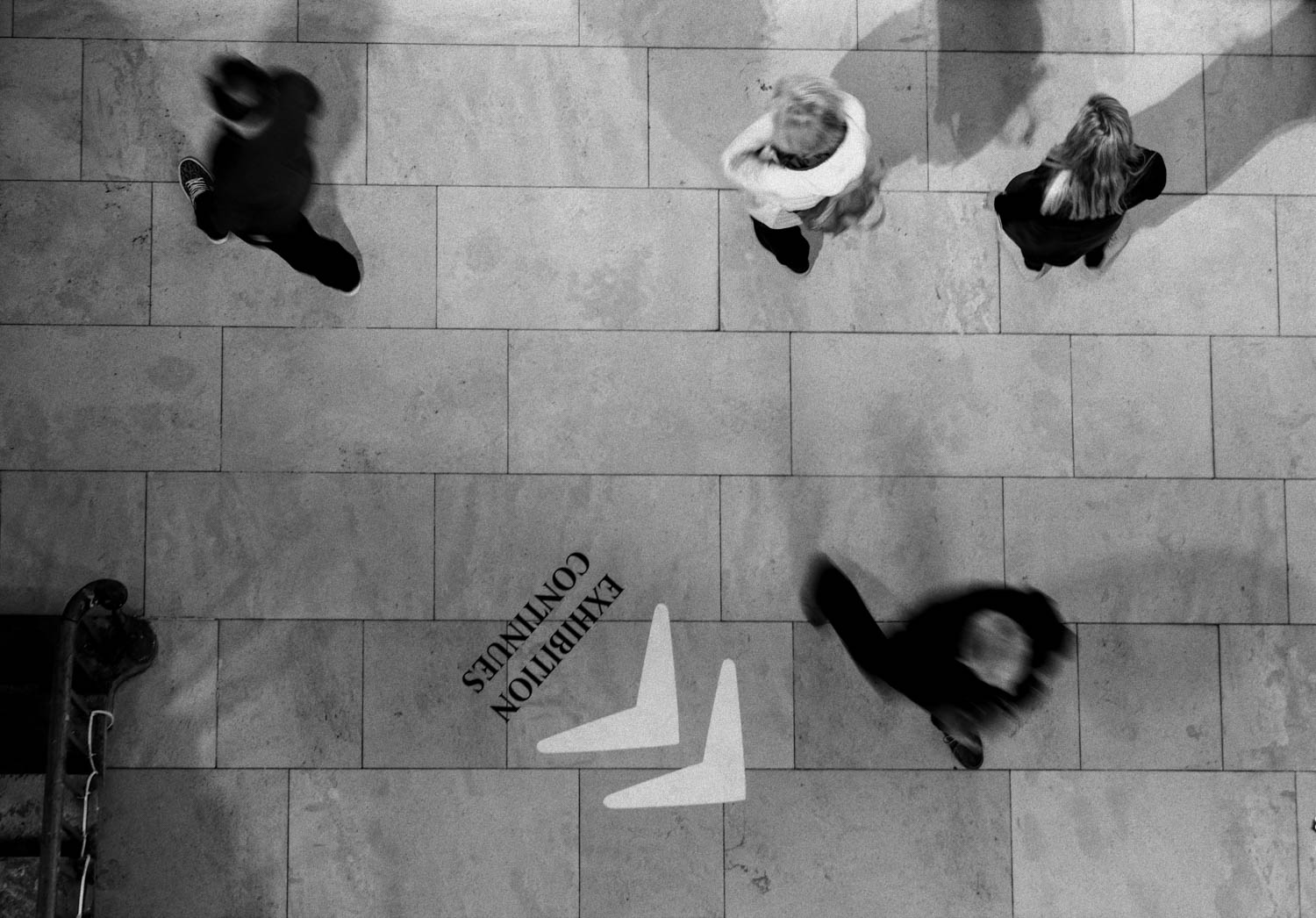
We planned a trip to British Columbia in 2018 and I decided I wanted to capture the majesty of the country (having been before) and decided this was my opportunity to trade up and bought my first pro lens – the 12-40mm f/2.8 PRO.
Compared to the normal prime lenses this felt like a beast, but I soon appreciated how much smaller it was than standard DSLR lenses.
The pro lens did not disappoint, and I think it stayed on my MKII for most of the trip. I shot macros, landscapes, portraits, long exposures and street photography with it. All with great results. In fact, I went a bit crazy in Canada, taking 8,000+ shots in just over a fortnight!
The combination of the stunning landscape and the capability of this lens was literally award-winning for me and it ensured a couple of my shots from that holiday ended up in exhibitions in New York, Australia and the UK.
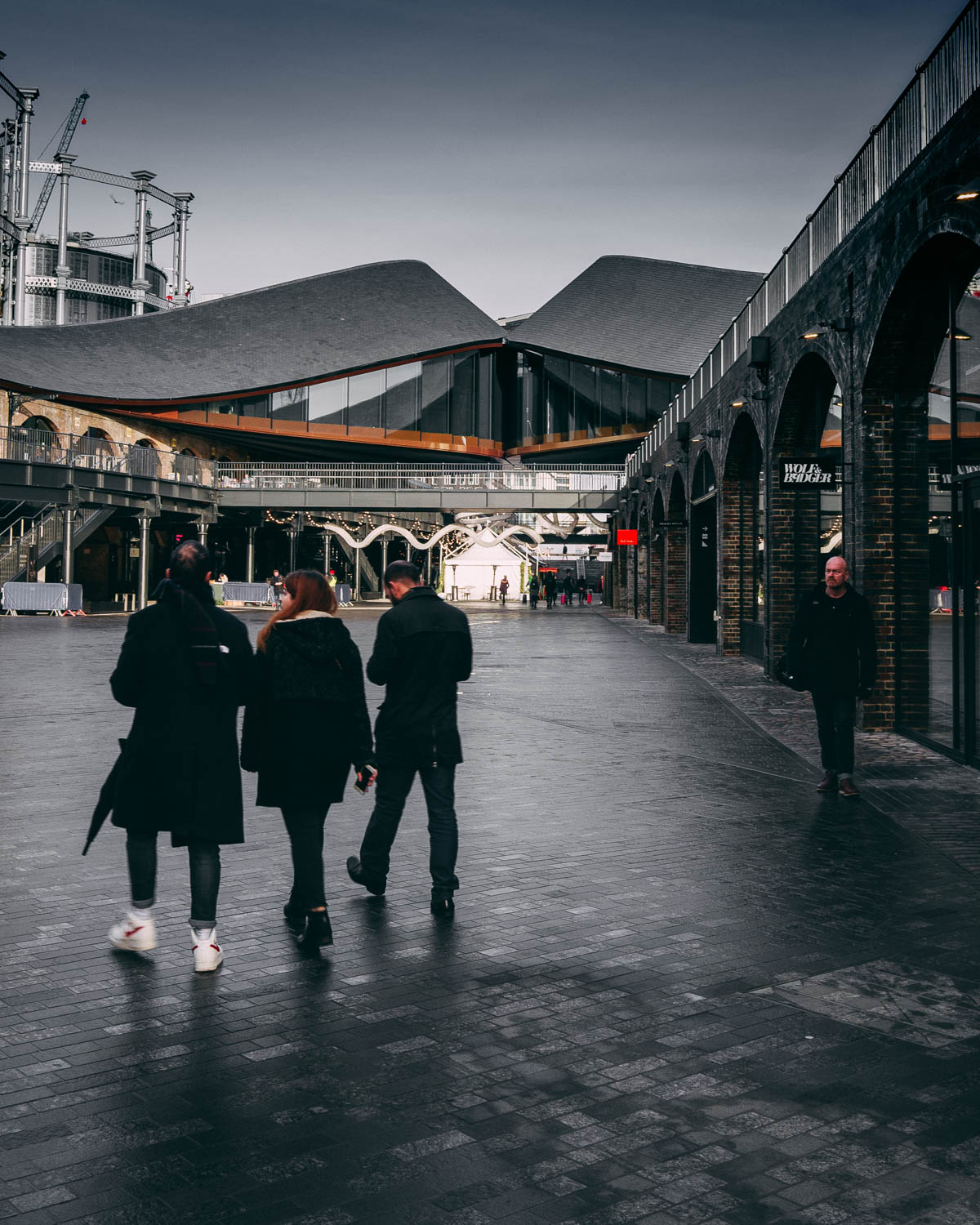
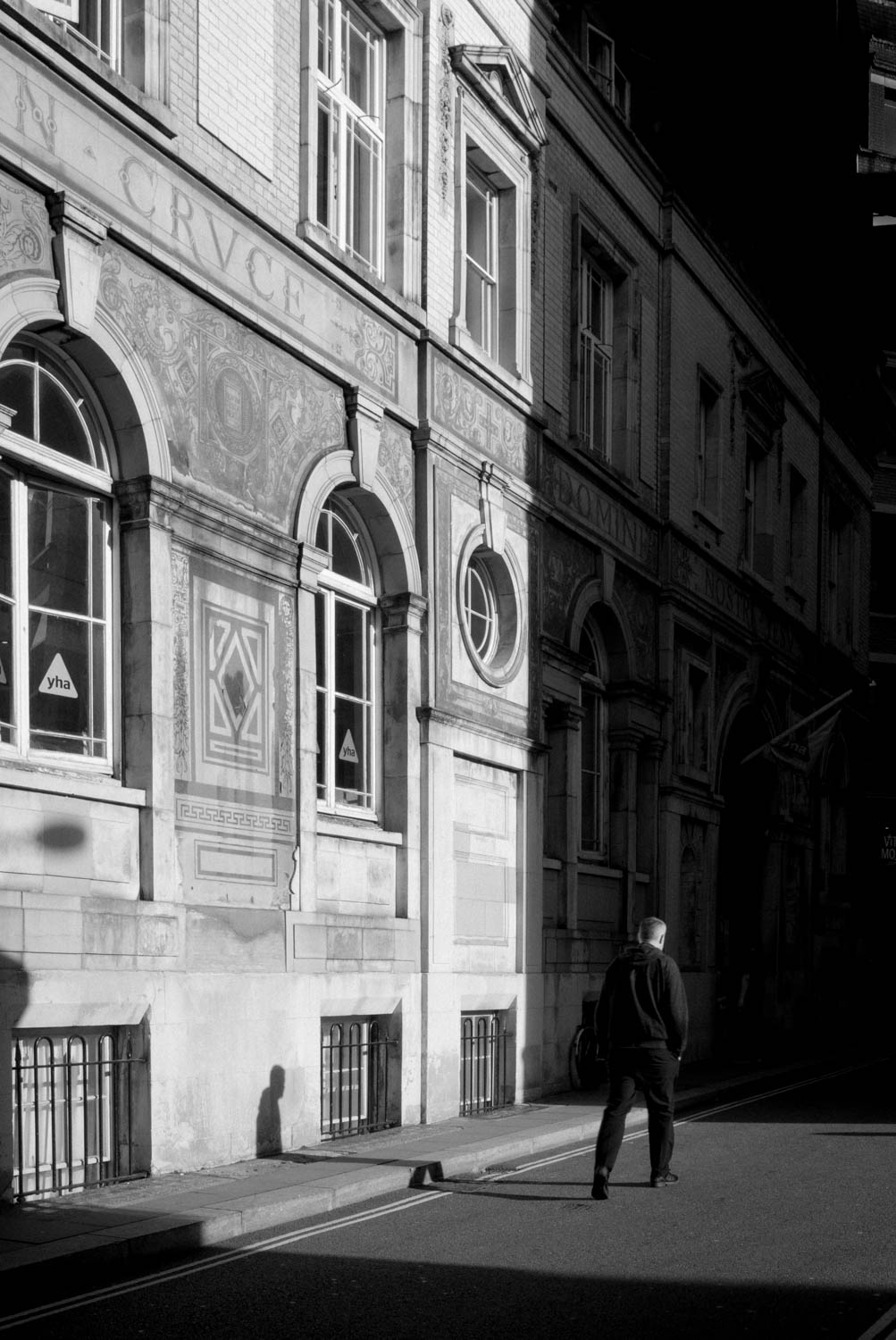
I don’t feel I have a specific subject I prefer to shoot, I tend to shoot whatever takes my fancy. For me, the Olympus system’s size and versatility are key as they enable me to leave the house with only a small bag, several lenses and filters and I get to choose what to use when I reach my location.
I am a fan of Ansel Adams, Martin Parr, Vivian Maier – all who have subconsciously had an effect on my work. They all illustrated the courage and a passion for their subjects and proven that anything is possible. With my MKII I was able to emulate each of them. Capturing the madness of modern life with my 17mm ala Parr, street photography and life capture ala Maier with the 45mm and the Adams inspired landscapes with the widest point of the Pro lens (and my newly acquired 17mm prime).
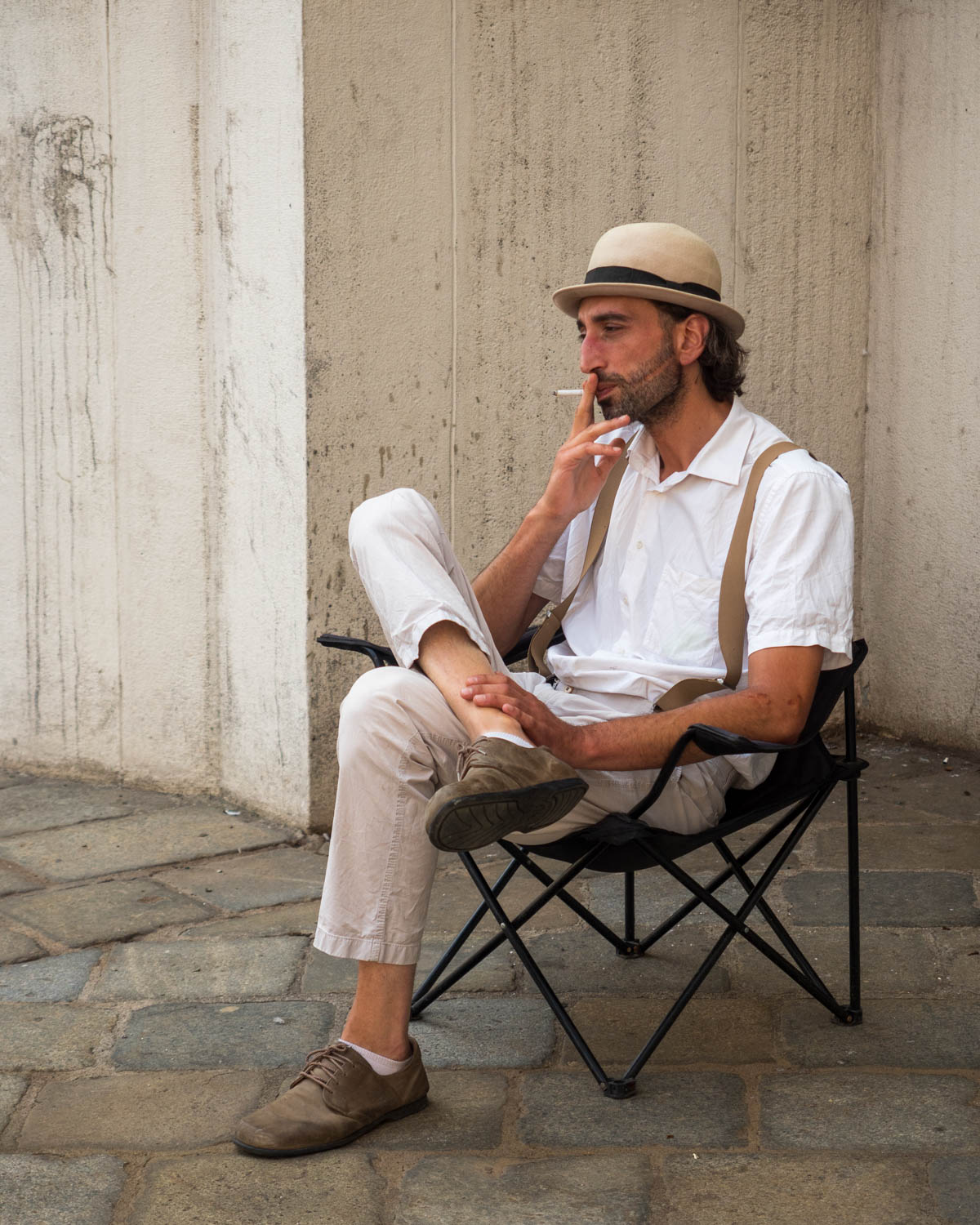
In amongst my time with the EM5 I wanted to learn more and push my skills further and took up analogue photography, starting with an Olympus Trip point and shoot and then an OM10 to hone my manual skills further.
I also acquired a Pentax Q10, Fuji X70, Leica X1 and others but always returned to Olympus.
The Pentax was cute and tiny, but it wasn’t the fastest camera and hard to hold steady due to its diminutive size. I adored the Fuji X70 (and regret selling it) but the aperture ring and focus system weren’t straight forward, which is a shame as the colour rendition from the Fuji was really good. The X1 was one of the first digital Leicas, it did create some fantastic shots – but it was slow. The Leica was also a little unforgiving which frustrated me.
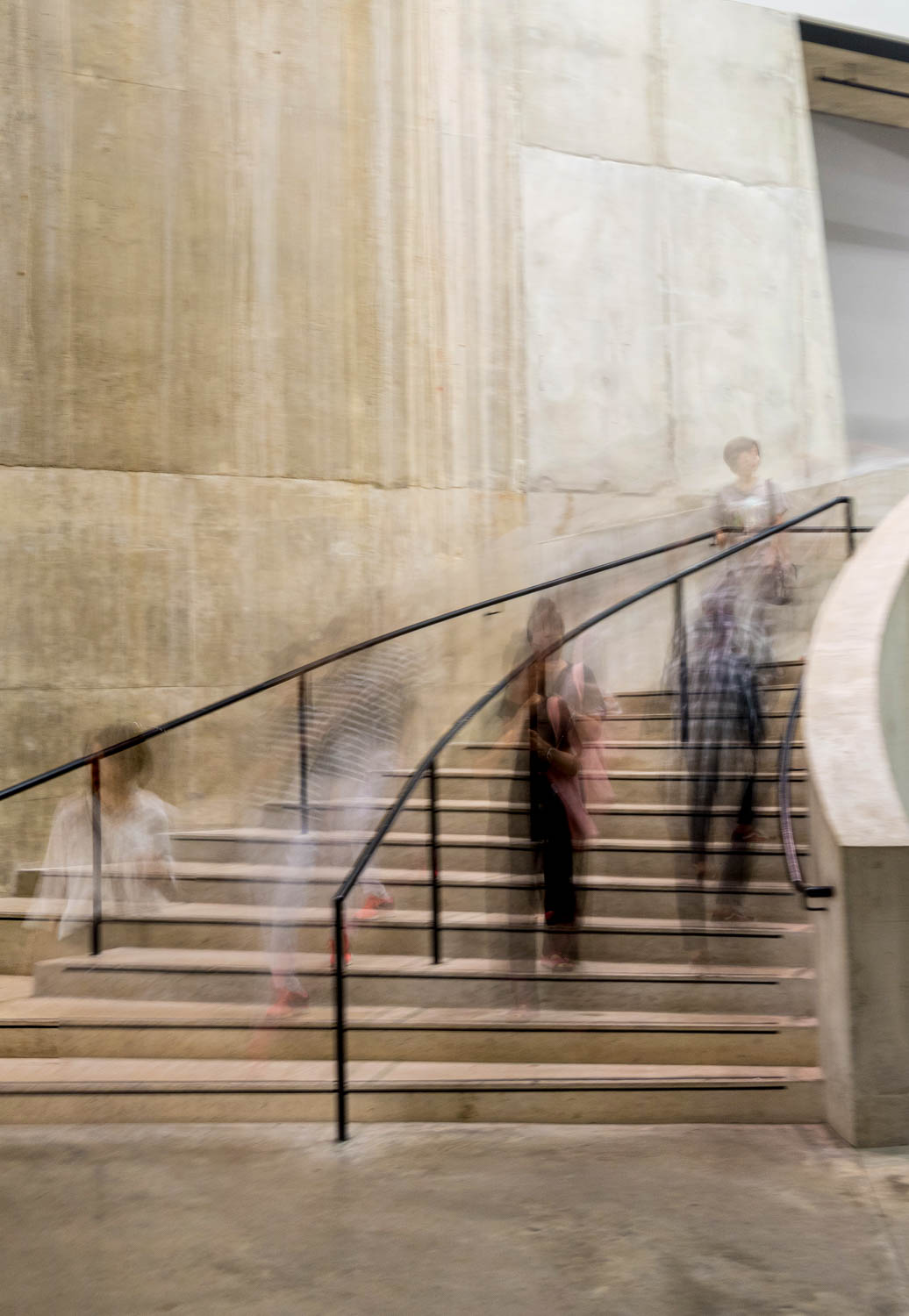
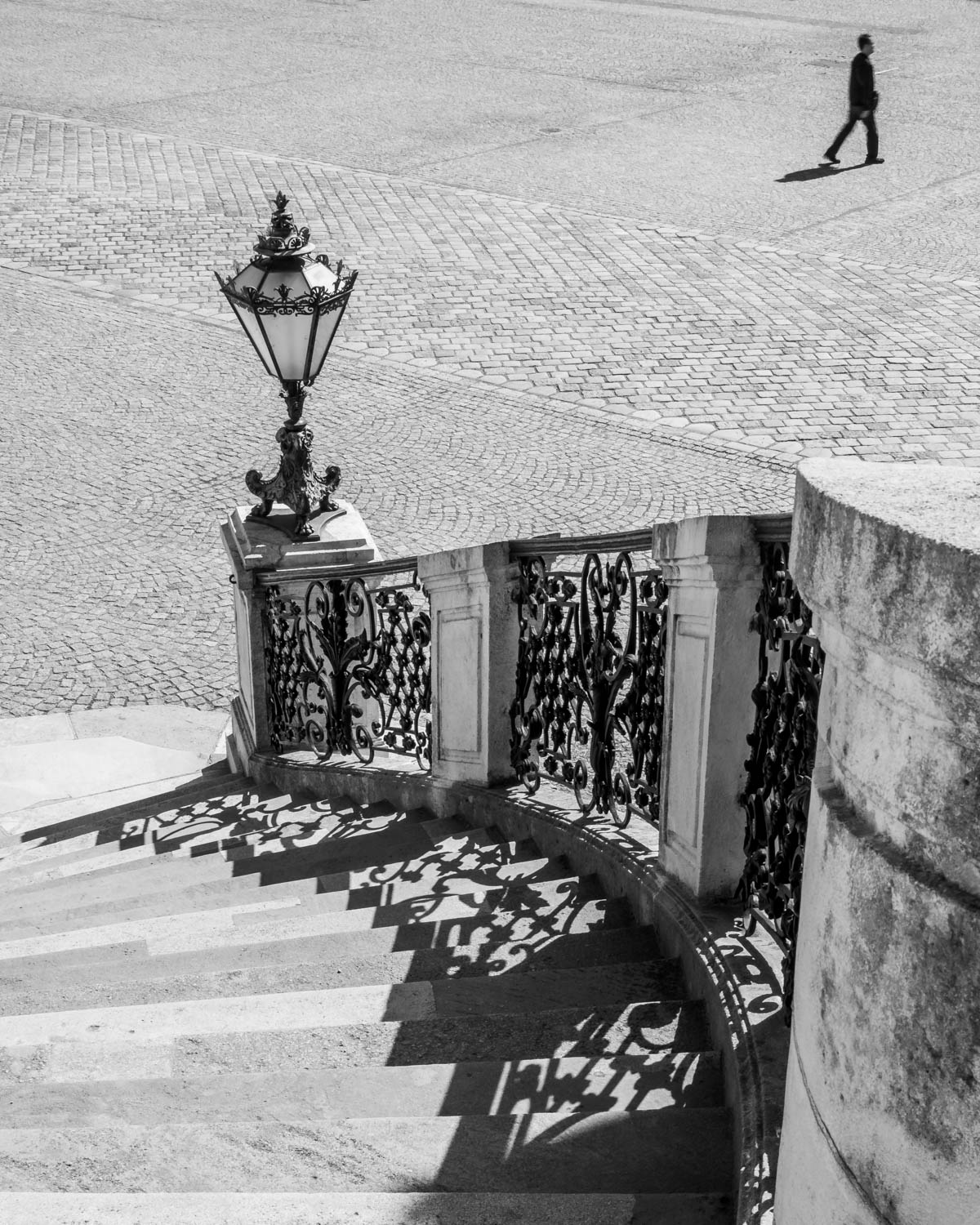
All of this led me to one thing… Secretly I had always wanted an Olympus Pen-F. I was intrigued by the dial on the front which allowed me to create my own filters. It had Wi-Fi, was a similar size to the Fuji, was as stealth-like as the Leica and all the control dials on the camera meant I could enable and share in the flick of a switch. When I heard that Olympus were to stop production, I couldn’t help myself and had to get my hands on one before it was too late.
A couple of months ago I did just that and had intended to use it as my everyday camera. Little did I know it would take over from my MKII and become the only camera I use or take away with me.
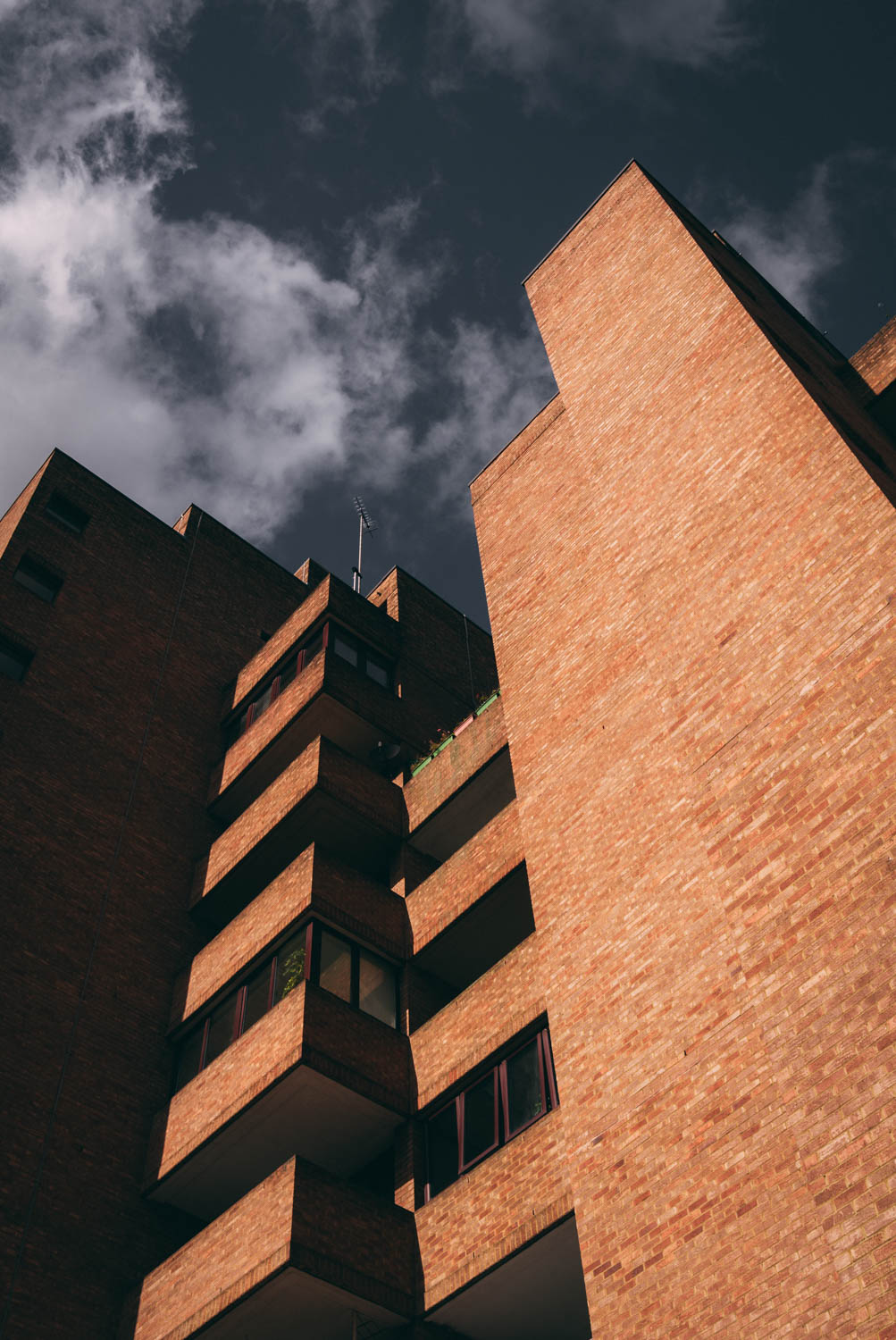

Having four custom user options is brilliant as I have the camera set for prime shooting, landscapes, my filter preference and most importantly silent street shooting.
Ironically the Pen-F is just about the same size of the E-M5 or the X70 (a bit heavier), but the all-black exterior and silent shooting enables me to get some great shots. I was familiar with the dials (although there was a difference between the MKII and the Pen-F) which meant everything was at my fingertips. I could either shoot and go for candid street shots or I could adjust and amend for landscapes etc on the fly without taking my eye off the super-sharp EVF.
With the Pen-F, as soon as I see something that gets my attention, I can very quickly switch the camera on, switch the front dial to my silent black and white setting and press the shutter. I have the shot before you know it. Setting the autofocus to track people also ensures that any off the cuff portraits are clear and sharp. The Pen-F really is great for shooting from the hip.
In some cases, I have published shots straight out of the camera, and this was indeed the case when I attended Photo London earlier this year. There were lots of people parading their Leicas or their Fujis, but not many people taking photos. With the 45mm lens, I was able to enjoy the exhibition whilst also taking shots as and when I saw something I wanted to capture. I created a body of candid photos I am really proud of.
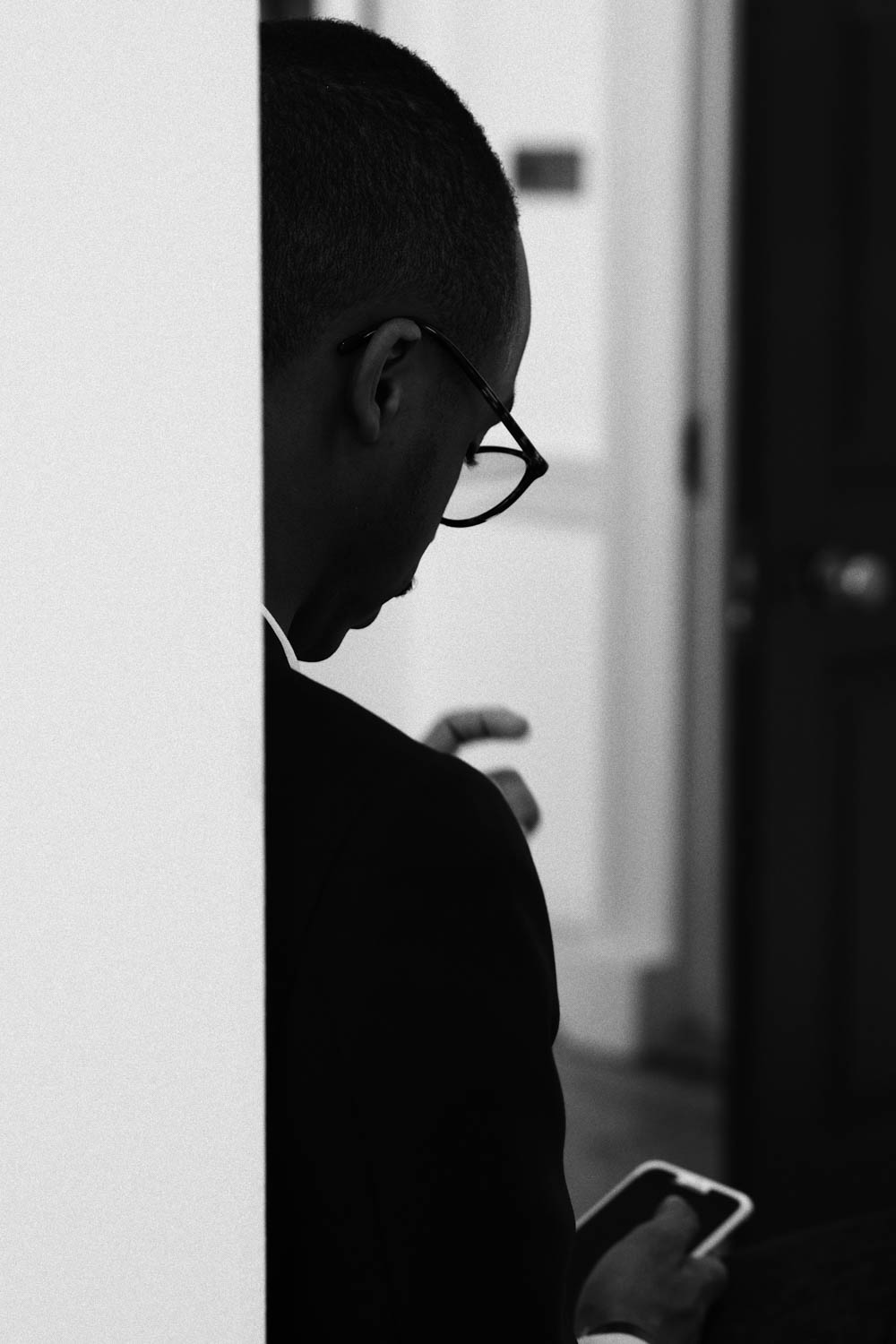
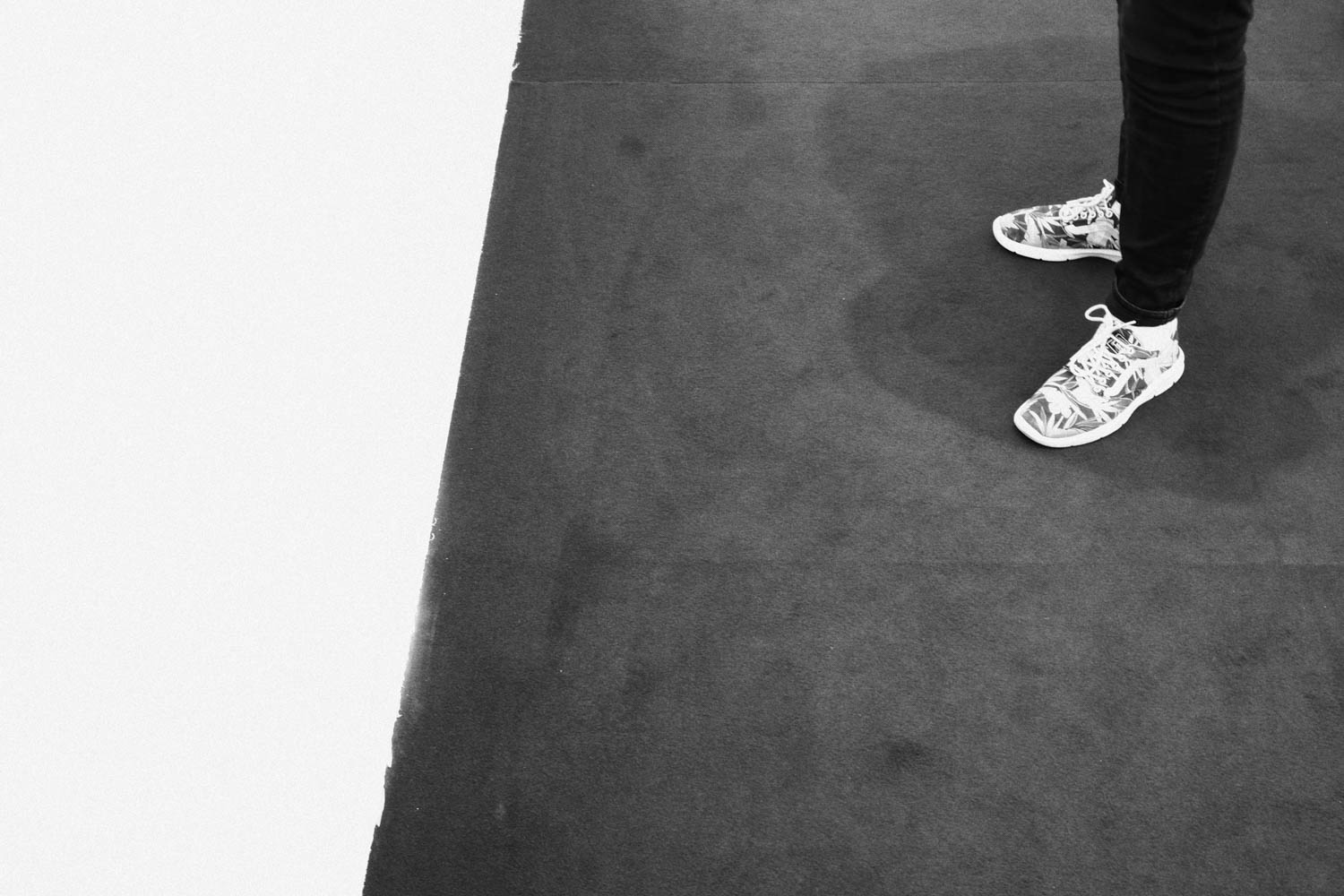
The Pen-F proved invaluable when I was in Vienna, I took the Pro lens and one prime and that was it. I think I shot the entire holiday with the Pro lens and even with this large(ish) lens on the front, I was able to capture some wonderful candid moments.
I literally shot some photos from the hip and the Pen-F did not let me down. It also allowed me to take long exposures of the fountains and monuments, sharp fairground night shots handheld and some wonderful wide landscapes with the 17mm prime lens.

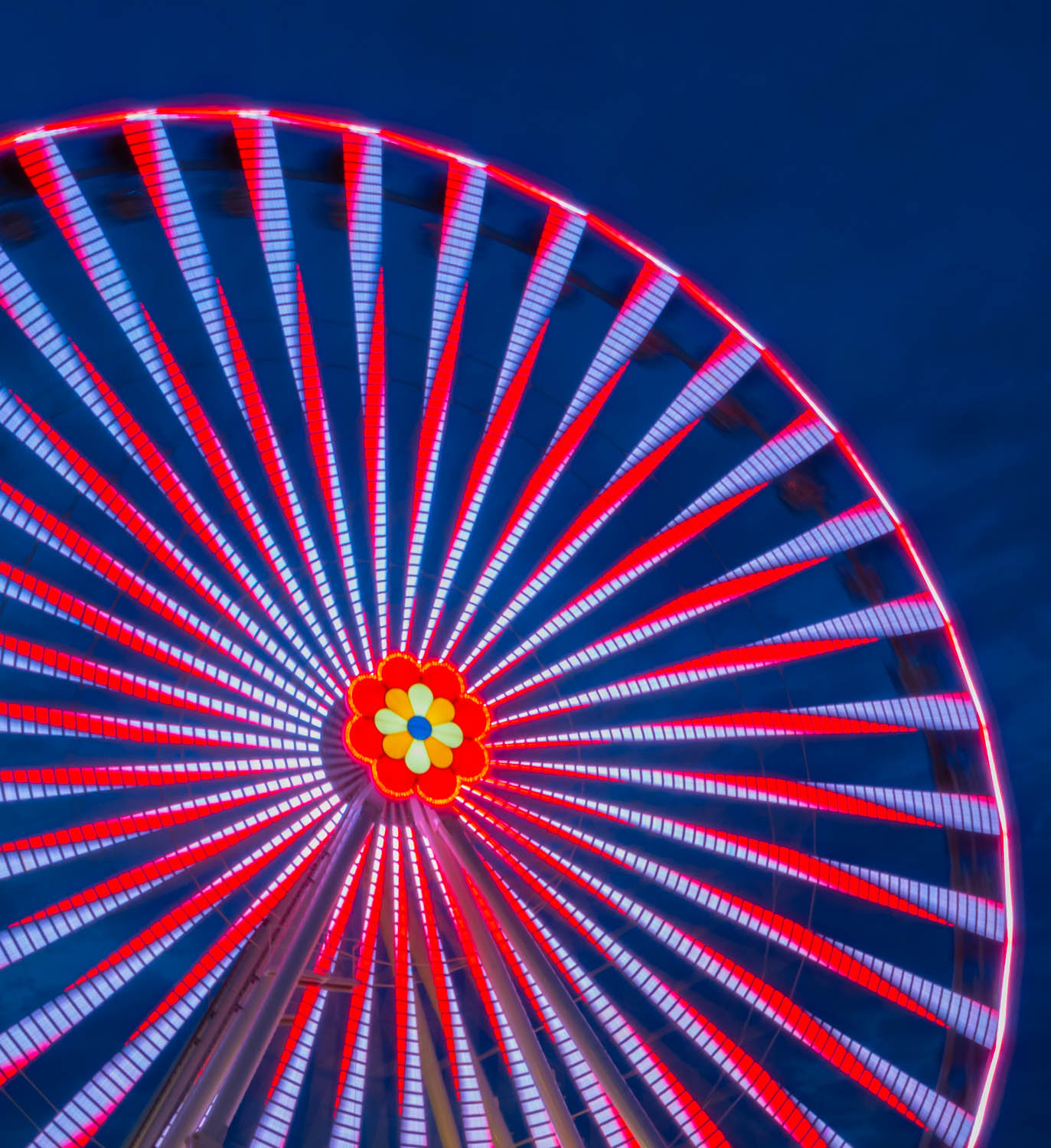
I think my favourite lenses have to be the one Pro lens I own plus the 45mm and 17mm primes, which adds up to the perfect set up and doesn’t equate to much to carry when on my travels.
As much as I intend to, I don’t always have an Olympus with me all the time so some of my street photography is taken with my Google Pixel 3. It’s not as versatile as the Olympus cameras but does yield some really good results. I can be quite stealth-like with the Pixel 3 when I want to be – this is crucial for candid moments.
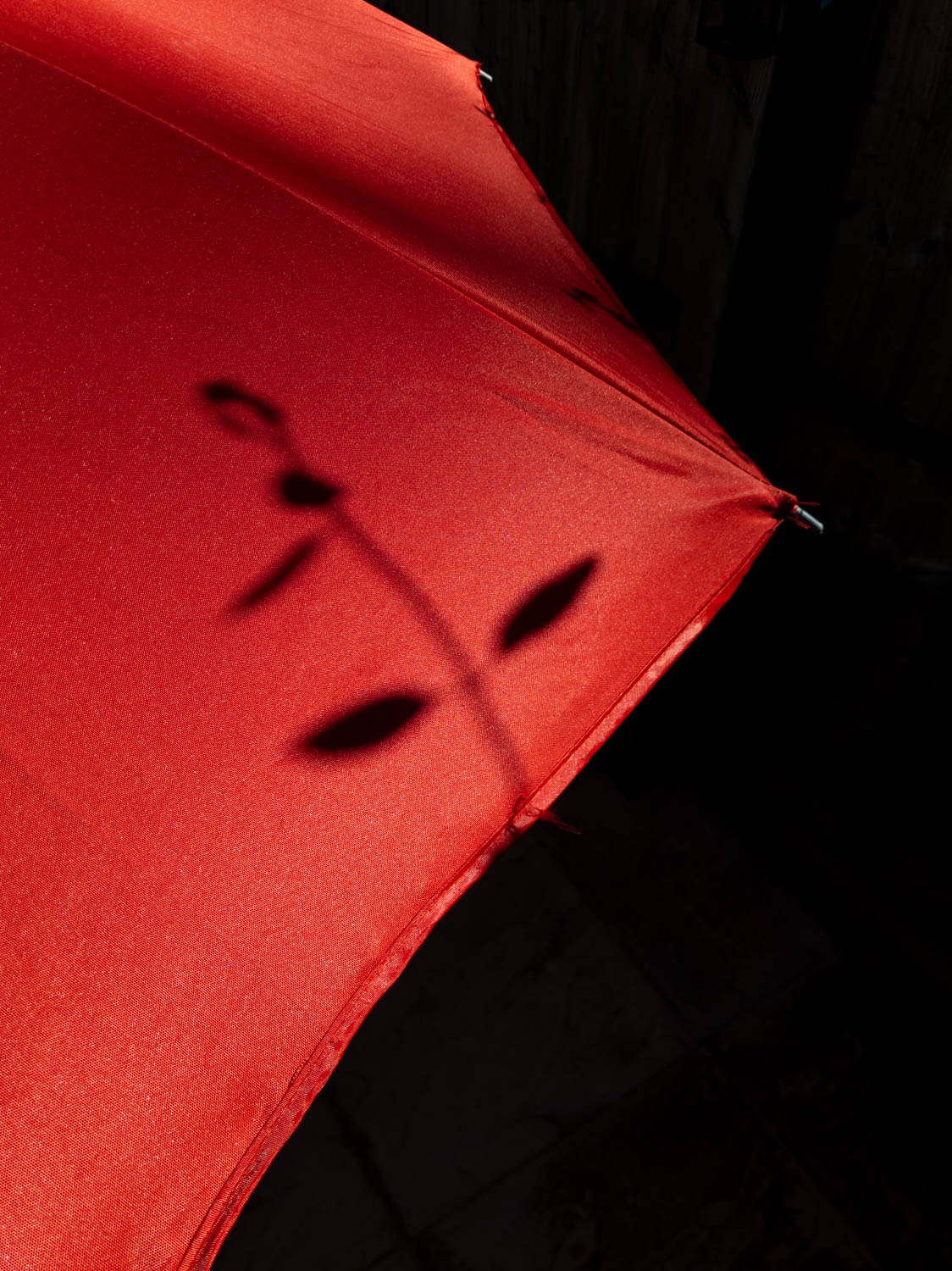

Whilst trying several cameras and settings, I created my own presets in Lightroom and now have a library of styles which are close to the rendition I was getting from the Fuji, Lecia or my Olympus. Applying these ensure that no matter what camera I use, my photos have a consistent look and feel.
Most of the time I shoot in high speed or continuous mode which allows me to pick the right shot in post-production. The E-M5 MKII and the Pen-F are both fast cameras and this allows me some room for manoeuvre. I must confess when I shoot street photography some of it is run and gun, so the continuous mode is invaluable.
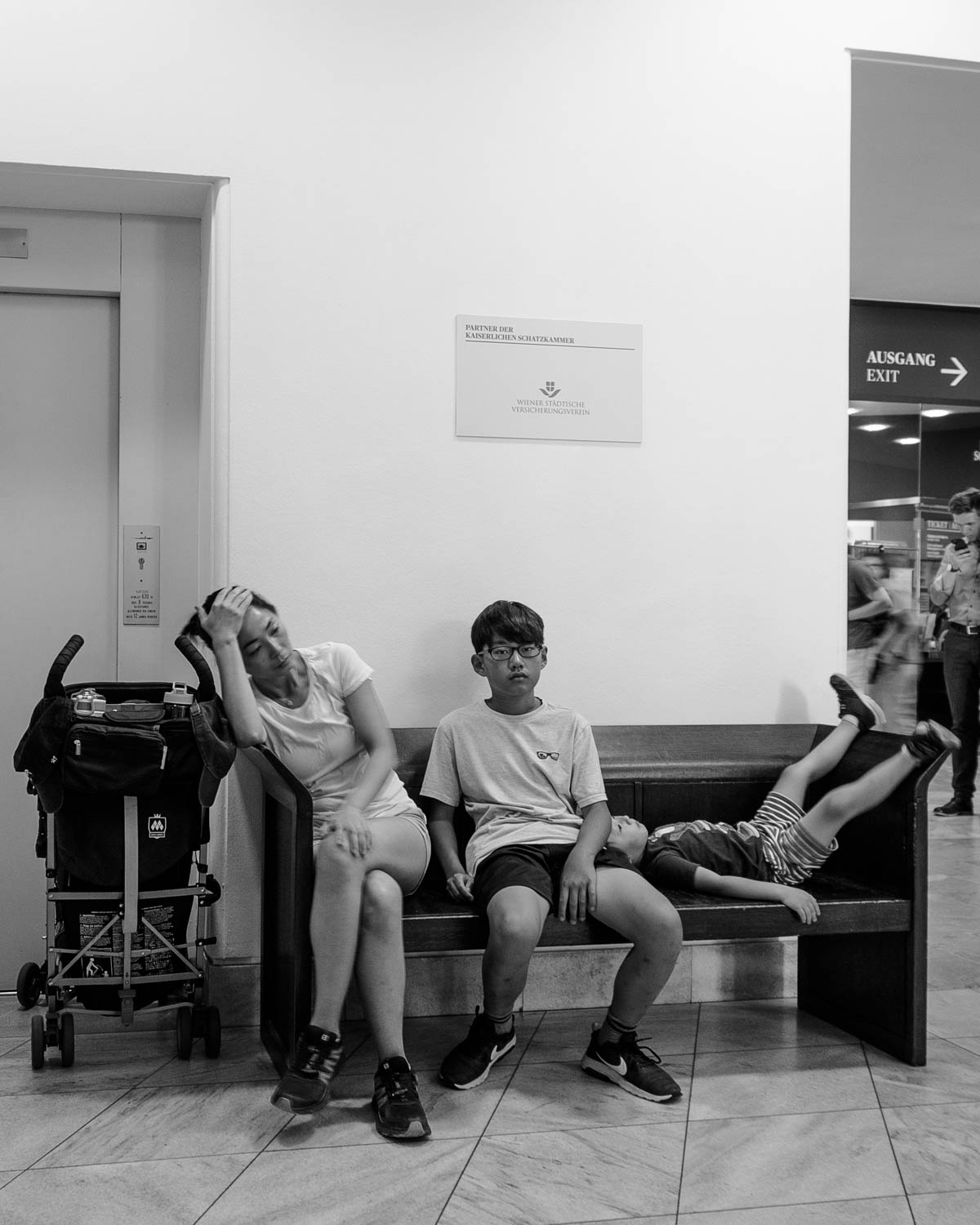
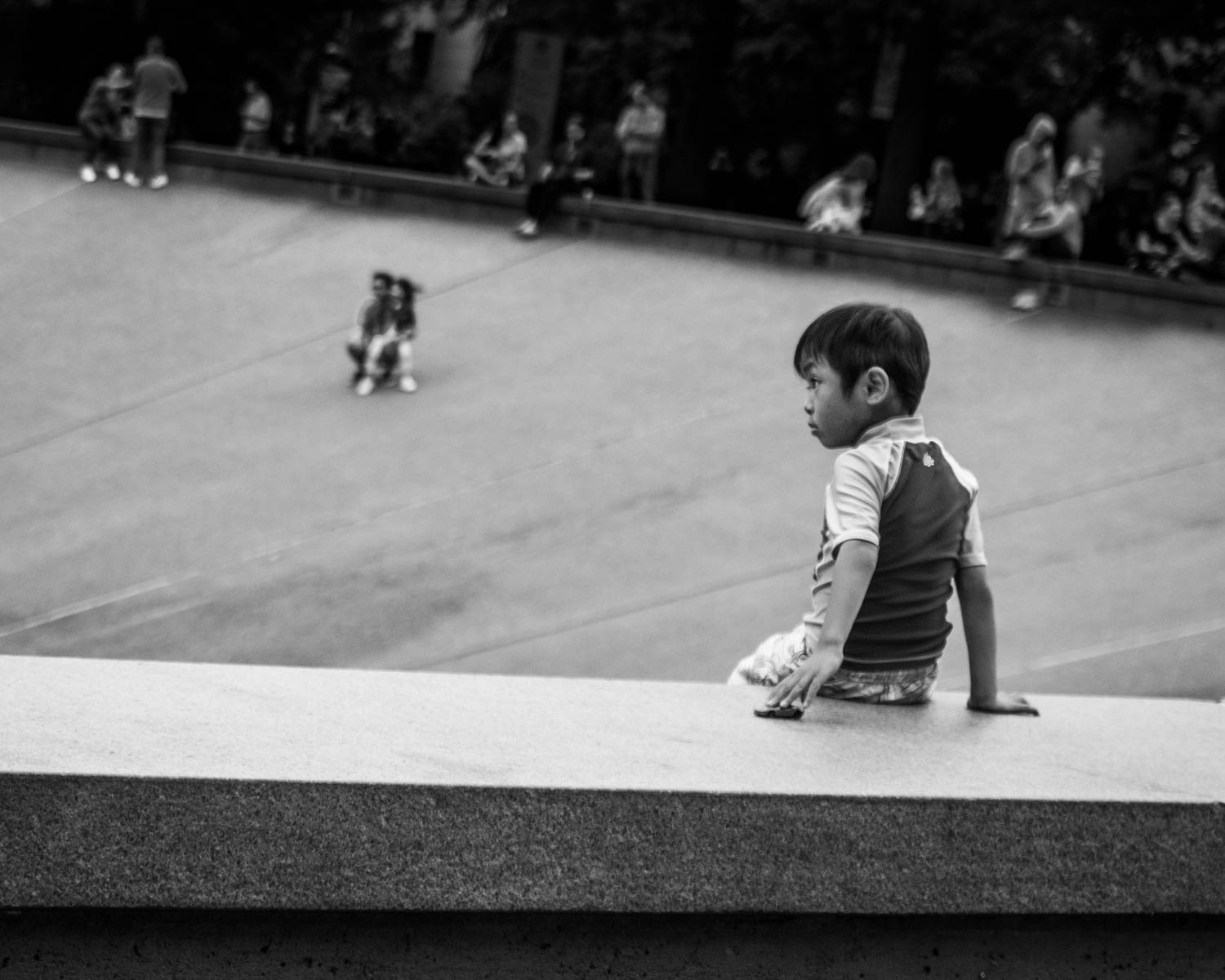
I occasionally shoot individual shots but for action or reportage, this is invaluable.
The Pen-F also writes photos very quickly to the memory so it means I can get on with the next shot without having to wait for the camera to catch up.
Although I like this approach for street photography, I do know that I can learn even more about my photography and feel that slowing down to concentrate on what I am doing will give me new opportunities plus ensure I learn even more on my photographic journey.
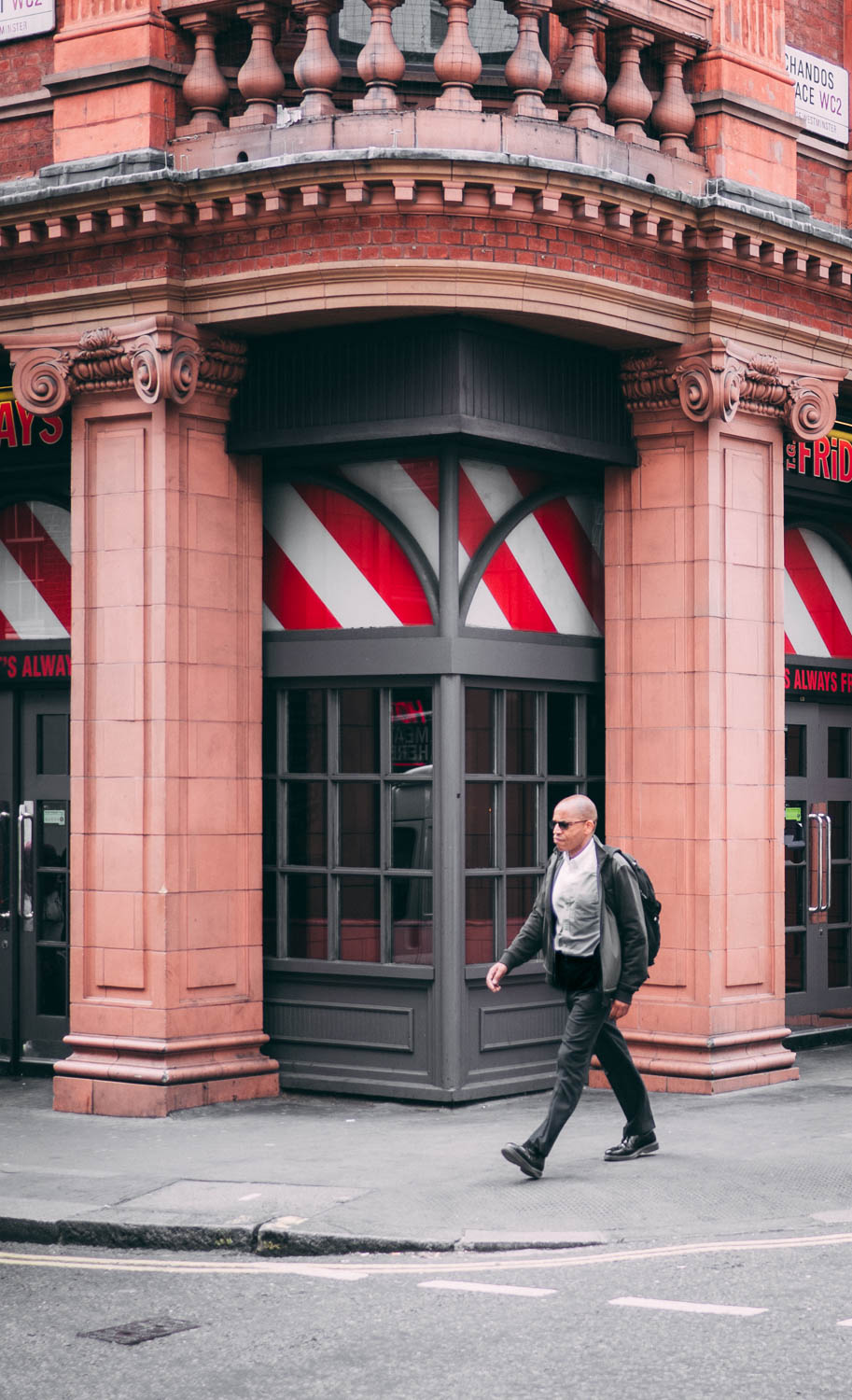
My analogue Trip and OM10 are great for this. They make me focus my attention on the shot. The manual approach makes me think and plan my images – and of course, the cost of developing the photos (either professionally or at home), is much more expensive than digital so every shot counts.
I’ve just acquired a medium format camera, so my photography has slowed down another gear. Forcing me to carry a large camera and tripod to think about how I compose and plan accordingly. After a couple of trips with the medium format camera, I can already see the difference with my Olympus Pen-F as I take far fewer photos. Being more aware of what I see in the EVF, composing and ensuring I set the photo up before I take it. This saves me much more time in post-production.

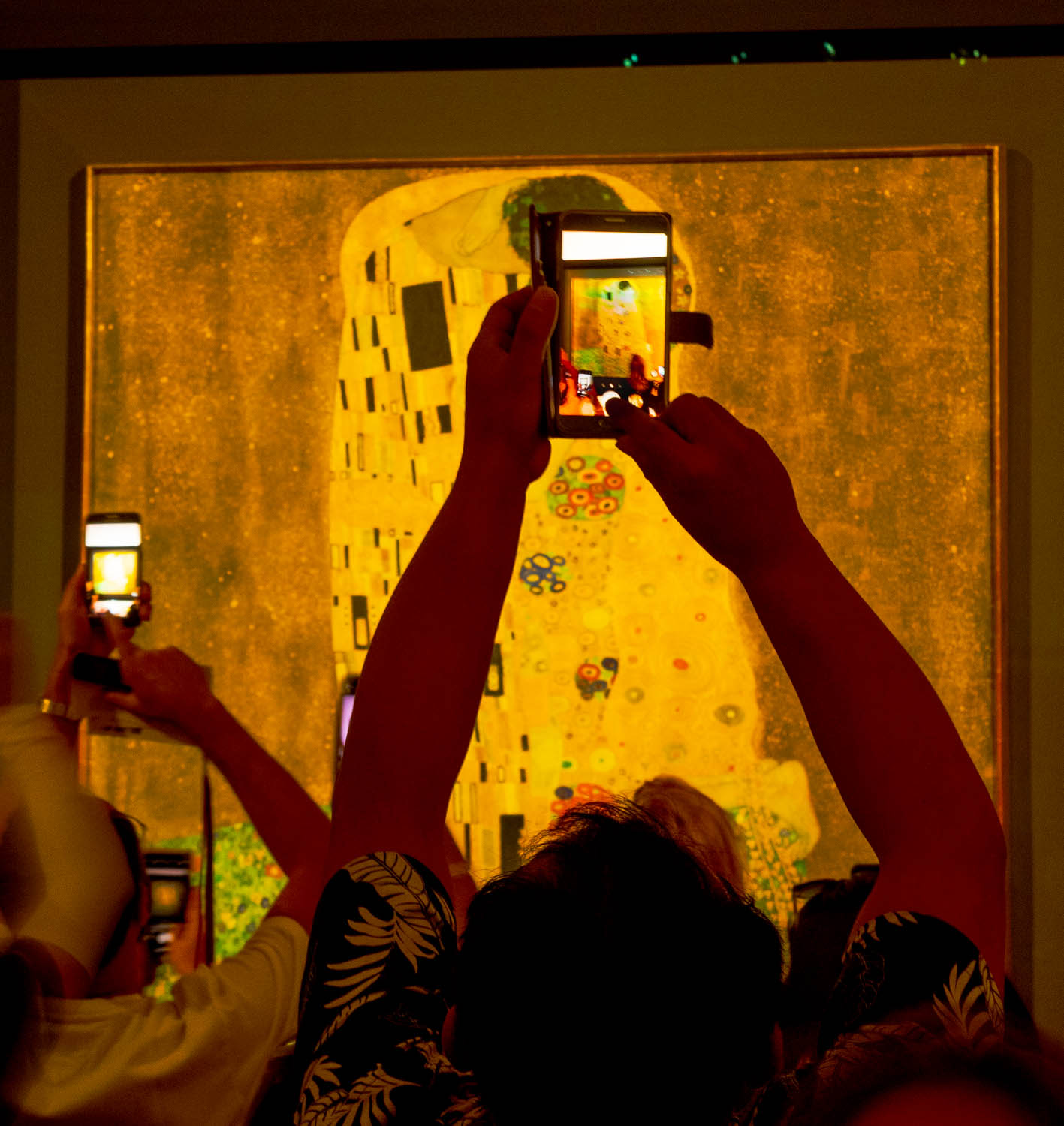
My post-production is completed in Lightroom. I back up my photos to three different sources and then import and pick the ones I want to keep in Lightroom – only keeping the best shots. I learnt quickly that cloud storage is costly so editing the best shots is cheaper and much easier to manage.
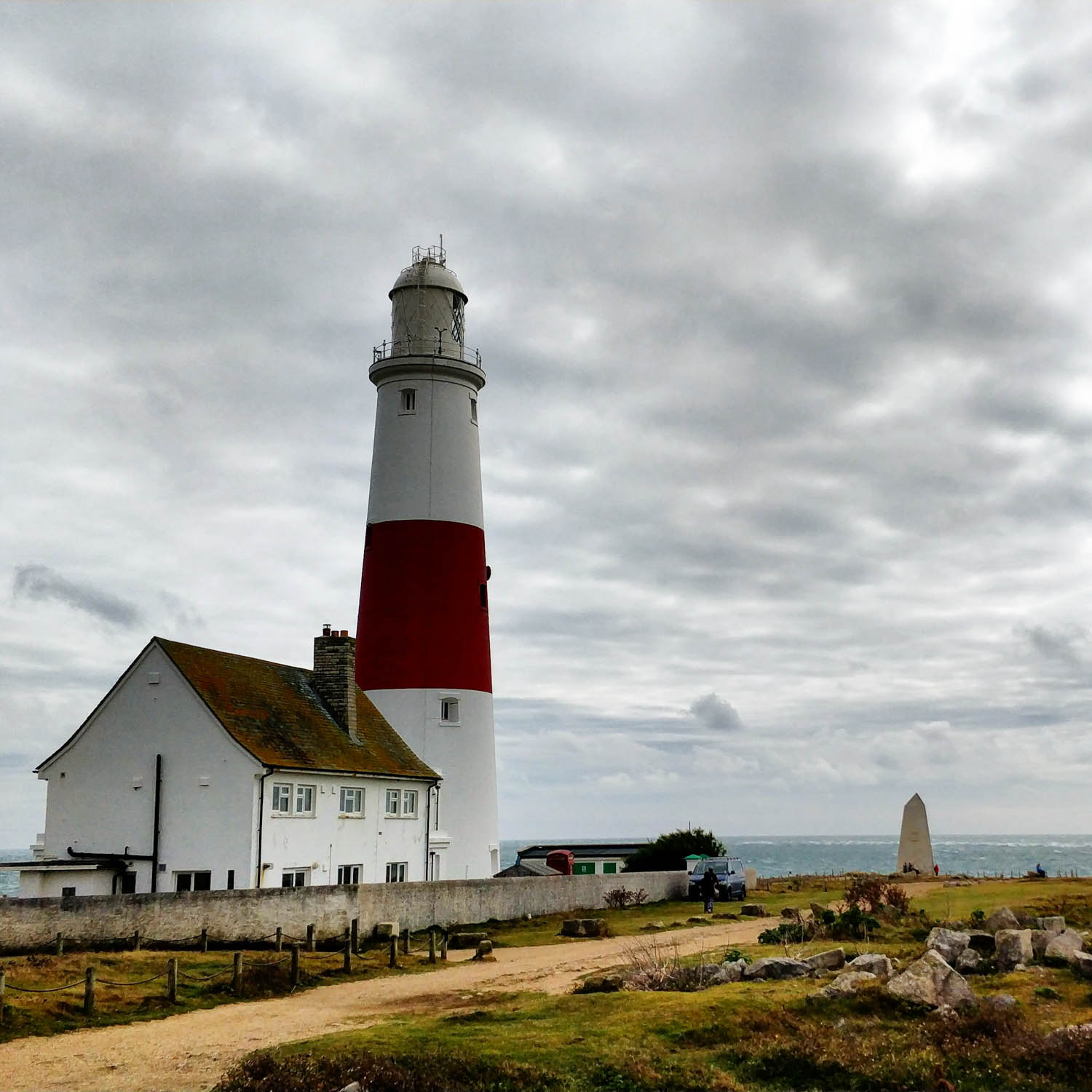
When I am writing articles for my blog (continuousfocus.co.uk) or returning from travels, I will use the desktop edition of Lightroom as it gives me more control. For the daily shots I share online through the blog, Flickr and Instagram, these are usually edited with Lightroom mobile. Again, I can apply my own presets from any device and ensure I have the same style wherever I am.
I could not imagine my photographic journey without the support of Olympus and its wonderful cameras and lenses and am an avid user of this great gear. It gives me so much opportunity, versatility and customisation, especially on the go.
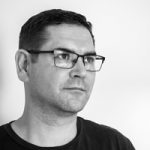
Keith Tomlinson, born in Plymouth, Devon in 1974, Marketing Technologist by day but in his spare time a photographer, always on the lookout for the next moment to capture. Keith now lives in Colchester, Essex but works in the City of London which gives him great opportunities for street photography and people watching.


